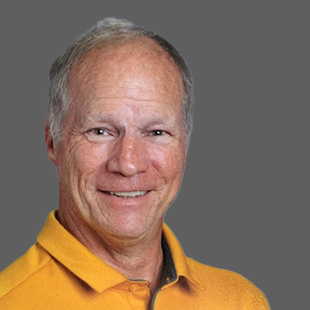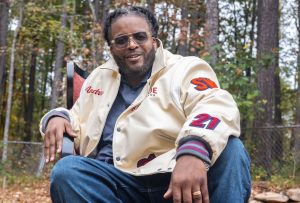Years ago, I asked The English Teacher who edits my column just how long should a story be. Her answer came back in teacher-speak, “Each one should have a beginning, middle, and an end, and be long enough to tell the story. Not a word longer or shorter.”
Well, this story does have a beginning, middle, but — as of yet — no end. For you see, dear reader, the end will be written by you.
As a new parent, I worried about everything. Would something I say or do harm The Boy years later? Now, The Boy is grown. He’s doing well, and those fears have now been put aside. Any hiccups in his raising have long been forgotten … or have they?
Sometimes it’s events we never find out about until years later which end up forming our kid’s personalities. Even more so than anything we may say or do.
Growing up at 110 Flamingo Street, few events left more of a lasting impression on me than the cardboard house. Dad really never knew what he had done. I never told him just how much the event affected me. But the strange encounter early one Saturday morning in downtown Atlanta some 46 years ago had indeed changed my life forever. And still impacts me even today.
Uncle Buddy’s was the place in Atlanta for ribs. From 6 in the morning to 10 at night, barbecue or country breakfast could be ordered. The latter of which was why Dad had pulled the van over on the pothole-ridden street just before daybreak.
A door-to-door salesman, he started his route before sunrise, and always with sausage biscuits from Uncle Buddy’s. He hopped out as sheets of rain pounded the pavement, told me to lock the doors, and stay put.
As he disappeared into the restaurant, I watched with curiosity as a refrigerator box under the overpass just in front of the van started to shake.
To an 8-year-old being left alone in an unsavory part of town watching a cardboard box moving on its own was somewhat unnerving, to say the least. After all, cardboard boxes don’t normally move – unless, of course, one of my brothers was inside about to steamroll down a hill.
I looked again and was fairly certain such wasn’t the case. My brothers were home still in bed – about to miss out on the best sausage biscuits and sweet tea in town.
A disheveled person crawled out of the box. He stretched, retrieved a grocery cart, and shuffled off down the rain-soaked street – going where I hadn’t a clue.
Dad quickly returned, tossed me a biscuit, and started towards our first stop. I just stared at the biscuit and didn’t eat. He asked me why. I explained and so did he.
Dad told me about people who lived in cardboard houses. Day to day they’re just trying to survive, not knowing where the next meal will come from or how to they’ll stay warm at night.
As we drove around that Saturday, I saw more and more. I’d seen cardboard boxes scattered about the city before, but never gave a second thought as to what was inside. I had eyes but didn’t really see.
It was my first encounter with the homeless. By the end of the day, two things I had resolved: never to occupy a cardboard house, and to do all I could to help those who did.
Over the years things have really changed. You don’t have to live in a cardboard house under an overpass in downtown Atlanta to be worried about how to stay warm or where the next meal is going to come from.
I’ve learned. I can’t save the entire world, but I can make a difference in my little corner, and so can you.
Donate your used clothing this winter, pay someone’s heating or power bill, or just volunteer time at one of the many charities around town. If we all make a little difference a big difference can be made.
In doing so, perhaps, there’ll be fewer cardboard houses out there for your children to see.
[Rick Ryckeley, who lives in Senoia, is in his third decade as a firefighter and has been a weekly columnist since 2001. His email is [email protected]. His books are available at www.RickRyckeley.com.]












Leave a Comment
You must be logged in to post a comment.